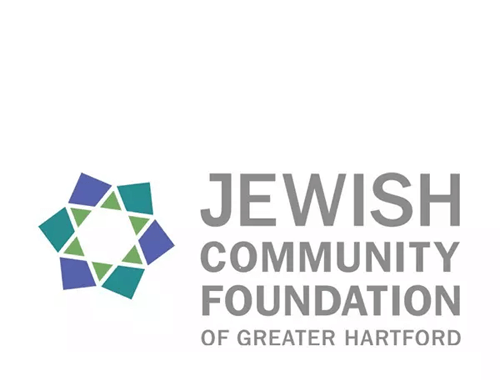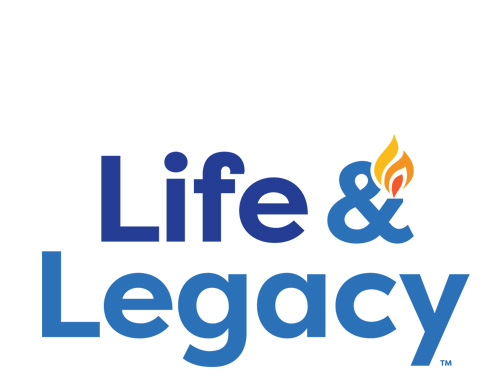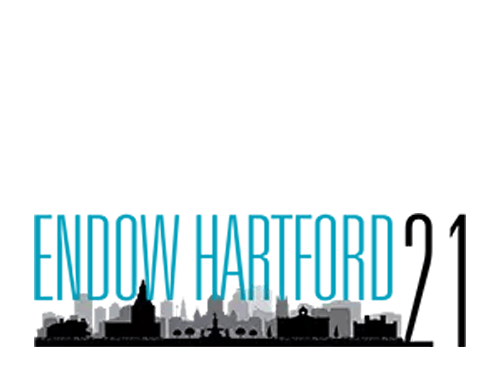Schechter Shavua: October 17, 2025
From Darkness to Light: Schechter Marks Hostage Release with Community Ceremony
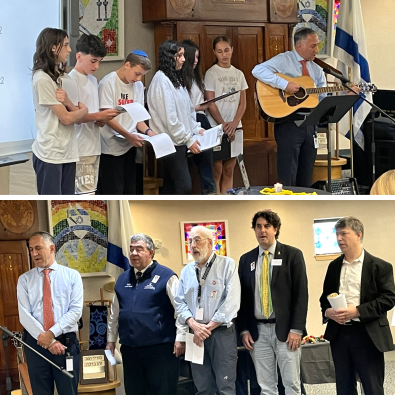 With the extraordinary news of the release of all living hostages and the start of a real cease-fire, Schechter eighth graders led a community ceremony this morning that reflected both mourning and hope—modeled after the tekes ma’avar that transitions from Yom HaZikaron to Yom HaAtz'maut in Israel. Bringing to life Schechter’s Core Value of Klal Yisrael, the ceremony began with solemn remembrance of the lives lost on that tragic day and throughout the war, and then moved to a celebration of the hostages’ return and our collective hope for a lasting peace.
With the extraordinary news of the release of all living hostages and the start of a real cease-fire, Schechter eighth graders led a community ceremony this morning that reflected both mourning and hope—modeled after the tekes ma’avar that transitions from Yom HaZikaron to Yom HaAtz'maut in Israel. Bringing to life Schechter’s Core Value of Klal Yisrael, the ceremony began with solemn remembrance of the lives lost on that tragic day and throughout the war, and then moved to a celebration of the hostages’ return and our collective hope for a lasting peace.
We were honored to be joined by many leaders from throughout the Greater Hartford Jewish community. Todah rabah to Rabbi Small of The Emanuel Synagogue, Dr. Eliahu of Beth El Temple, Rabbi Pincus of Congregation Beth Israel,and our area’sshlicha, Shira Nagar for participating in the service.
Students Understand the Legacy of Columbus Through Many Lenses
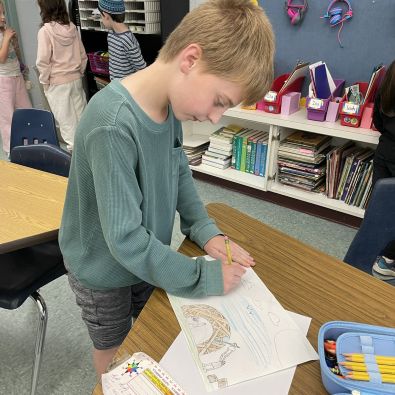 As part of their cultural studies, Middle School Spanish students explored how the same holiday on October 12 has many names across the Americas and Spain, each reflecting different historical interpretations of the arrival of Christopher Columbus in the Americas. These names are Dia de la Hispanidad (Day of Hispanic culture), Columbus Day, Indigenous People’s Day, Dia de la Raza (Day of the Race) , and Dia de la Resistencia Indigena (Day of Indigenous Resistance). Students are examining how these names reveal the deep differences seen in the legacy of 1492.
As part of their cultural studies, Middle School Spanish students explored how the same holiday on October 12 has many names across the Americas and Spain, each reflecting different historical interpretations of the arrival of Christopher Columbus in the Americas. These names are Dia de la Hispanidad (Day of Hispanic culture), Columbus Day, Indigenous People’s Day, Dia de la Raza (Day of the Race) , and Dia de la Resistencia Indigena (Day of Indigenous Resistance). Students are examining how these names reveal the deep differences seen in the legacy of 1492.
In Spain, Día de la Hispanidad highlights its global legacy and rich cultural heritage in the Americas. In the United States, Columbus Day celebrates European heritage and exploration while Indigenous Peoples’ Day honors the survival and contributions of Native peoples. In Latin America, Día de la Raza reflects the creation of a new, blended identity—especially the mestizo culture from the meeting of Indigenous, European, and African peoples, while Dia de la Resistencia Indigena highlights the anticolonial struggle.
By comparing and contrasting how different countries and communities choose to commemorate the same historical moment in vastly different ways, students are developing their critical thinking and gaining a deeper understanding of how history is not only remembered but interpreted and reshaped through diverse cultural lenses.
In addition, Alim students (grades 3-4)watched a video explaining the origin of Indigenous People's Day. It was first celebrated in Berkeley, CA in 1992 to mark the 500th anniversary of the arrival of Christopher Columbus in America. The video also discusses the protests by Native Americans in the 1970s that led to the presidential proclamation declaring October 11th a national holiday. Students practiced taking notes as they watched the informative video, then discussed and reflected upon this complicated history.
Mishnah Meets Makerspace: Middle School Builders Take on the Sukkah Challenge
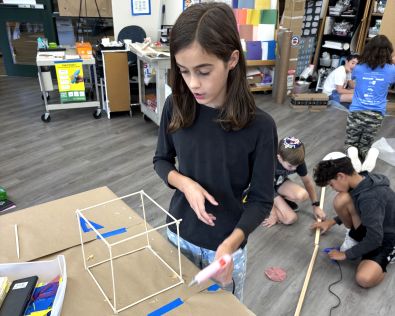 In recent weeks, Nevatim students (grades 5-6) stepped into the shoes of architects, carpenters, and Torah scholars as they explored the halachot (Jewish laws) of building a sukkah. The lesson began with a creative discussion on blueprints and house design, followed by a reading of If I Built a House to inspire imagination. Students compared modern-day carpenters to those in the times of the Mishnah, leading into a conversation about the holiday of Sukkot and what they already know about its traditions. With that foundation, they were introduced to Mishnah texts that detail the rules of constructing a kosher sukkah. Using graphic organizers, students broke down these laws to better understand the practical and spiritual aspects of sukkah building.
In recent weeks, Nevatim students (grades 5-6) stepped into the shoes of architects, carpenters, and Torah scholars as they explored the halachot (Jewish laws) of building a sukkah. The lesson began with a creative discussion on blueprints and house design, followed by a reading of If I Built a House to inspire imagination. Students compared modern-day carpenters to those in the times of the Mishnah, leading into a conversation about the holiday of Sukkot and what they already know about its traditions. With that foundation, they were introduced to Mishnah texts that detail the rules of constructing a kosher sukkah. Using graphic organizers, students broke down these laws to better understand the practical and spiritual aspects of sukkah building.
Putting knowledge into practice, students worked in the Makerpace planning their own sukkot. They sketched blueprints, labeled key components like the walls and roof, and even included a creative or silly addition — considering whether or not their fun feature would still be kosher. To wrap up the project, students wrote paragraphs justifying their design choices and explaining how their sukkah followed Mishnah guidelines. The class also consulted a rubric to help them evaluate their own work, encouraging thoughtful construction and reflection. Through this engaging project, students connected ancient text to modern creativity, building both sukkot and a deeper understanding of Jewish tradition.
Throughout the week of Sukkot, students enjoyed eating snacks and meals in the sukkah, and the multiage Shevet groups made adorable decorations to hang either in the school sukkah or those at their own homes.
Click HEREto see more photos of a joyous Sukkot throughout the school
Parashat Bereishit — “Let there be light!” But which kind of light?
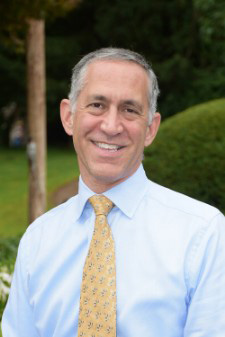 Of the seven days of creation described by the first chapter of the Torah, the most mysterious is surely the first day. The other days’ outcomes are all easily identified; we can look around our world and know exactly what the Torah means. We know what land and vegetation (day three) are, we can identify birds and fish (day five), and so on.
Of the seven days of creation described by the first chapter of the Torah, the most mysterious is surely the first day. The other days’ outcomes are all easily identified; we can look around our world and know exactly what the Torah means. We know what land and vegetation (day three) are, we can identify birds and fish (day five), and so on.
But when the Torah says that God created light on the first day, we wonder: what kind of light is the Torah talking about? The sun, moon or stars weren’t formed until the fourth day. What exactly was this primeval light? A wonderful interpretation is found in the collection of Midrash known as Bereishit Rabbah.
Rabbi Yehudah suggests that the original light was like the lamps used by highway construction crews when they work through the night to illuminate their work area. “It can be compared to a king who wished to build a palace, but the site was dark. What did he do? He lit lamps and lanterns, to know where to lay the foundations.” Rabbi Nehemiah agrees that the Torah is talking about literal light, but disagrees with Rabbi Yehudah about how formless the world was before God said “Let there be light.”
But then, the midrash continues with a third opinion based on a verse from Psalms: “Your words give light, and grant understanding to the unlearned” (Ps. 119:130). According to these rabbis, the Torah isn’t talking about actual light, but about God’s words, which help us understand the world properly. What a beautiful interpretation! The world’s creation began, not with photons, but with God’s desire to teach, and our natural desire to learn.
This is such an important interpretation for any Jewish day school—and especially for Schechter. We believe that creativity is an essential part of learning. We know that multiple-choice, fill-in-the-blank assessments do a poor job of assessing learning and generally extinguish a love of learning. In contrast, when students have opportunities to brainstorm, build, make meaning, create, then their learning will endure—and they will be inspired to want more.
Our belief in creativity is rooted in this understanding of the creation of the world—that it all began with teaching.
Shabbat shalom,
Rabbi Jonathan Berger
Head of School
Questions for the Shabbat table:
- If you were creating the world, what would you start with?
- God’s words/the Torah are like light in that they help us see the world. How else is the Torah like light?
Solomon Schechter Day School
of Greater Hartford
26 Buena Vista Road
West Hartford, CT 06107
© Solomon Schechter Day School of Greater Hartford | Site design Knowles Kreative

